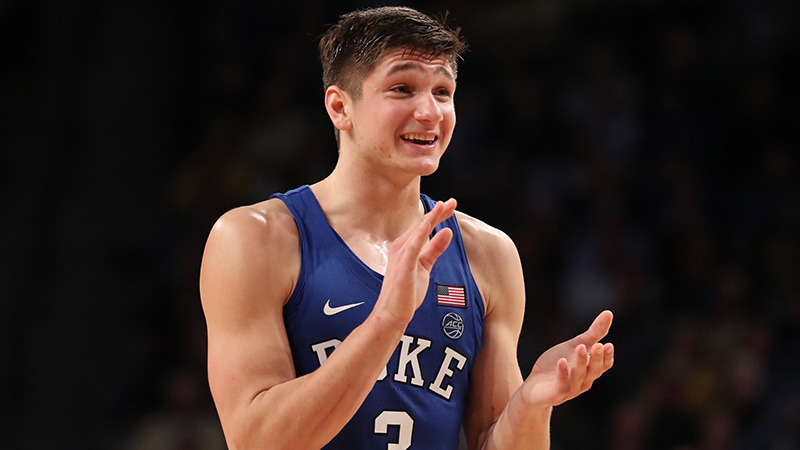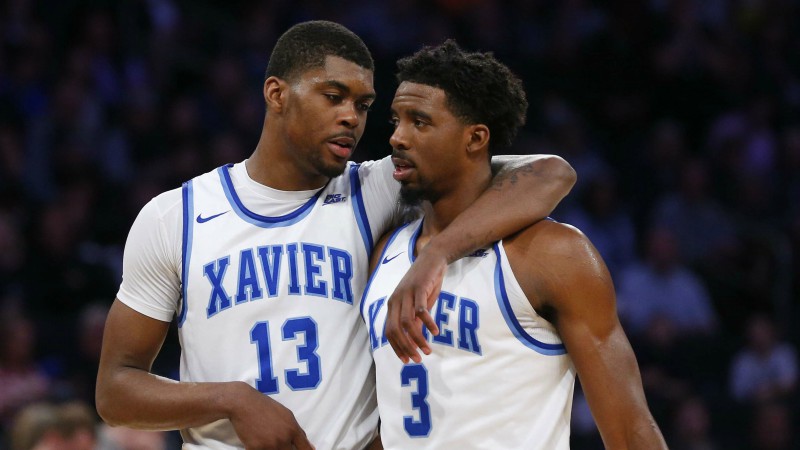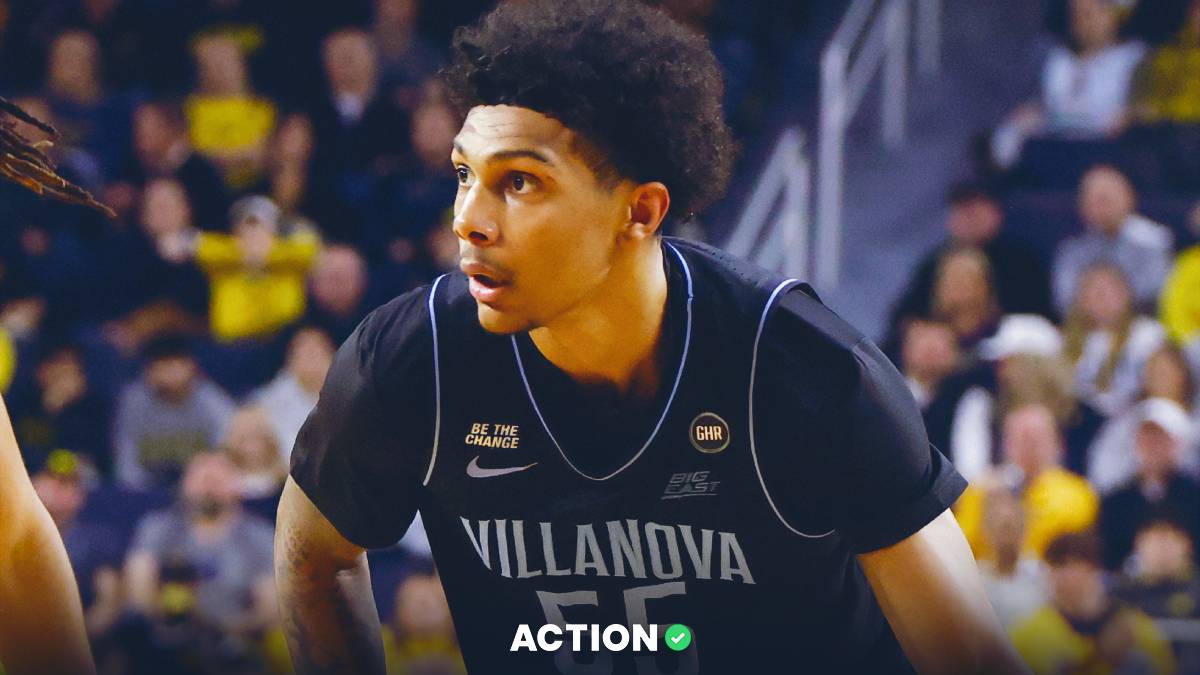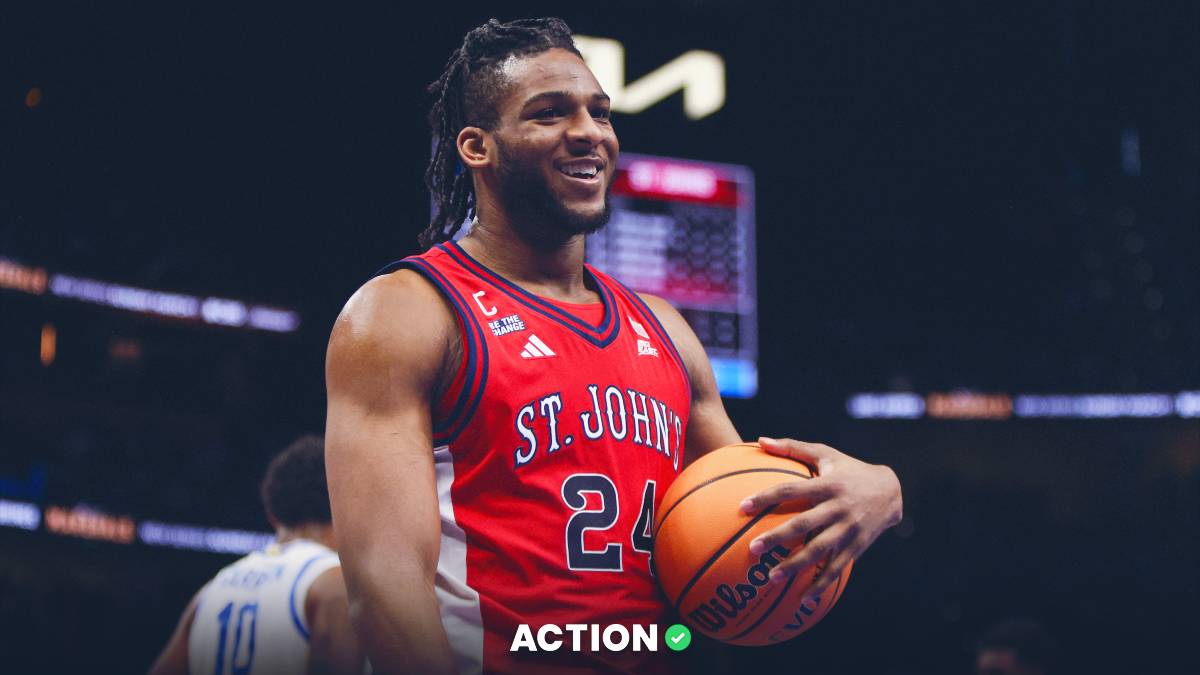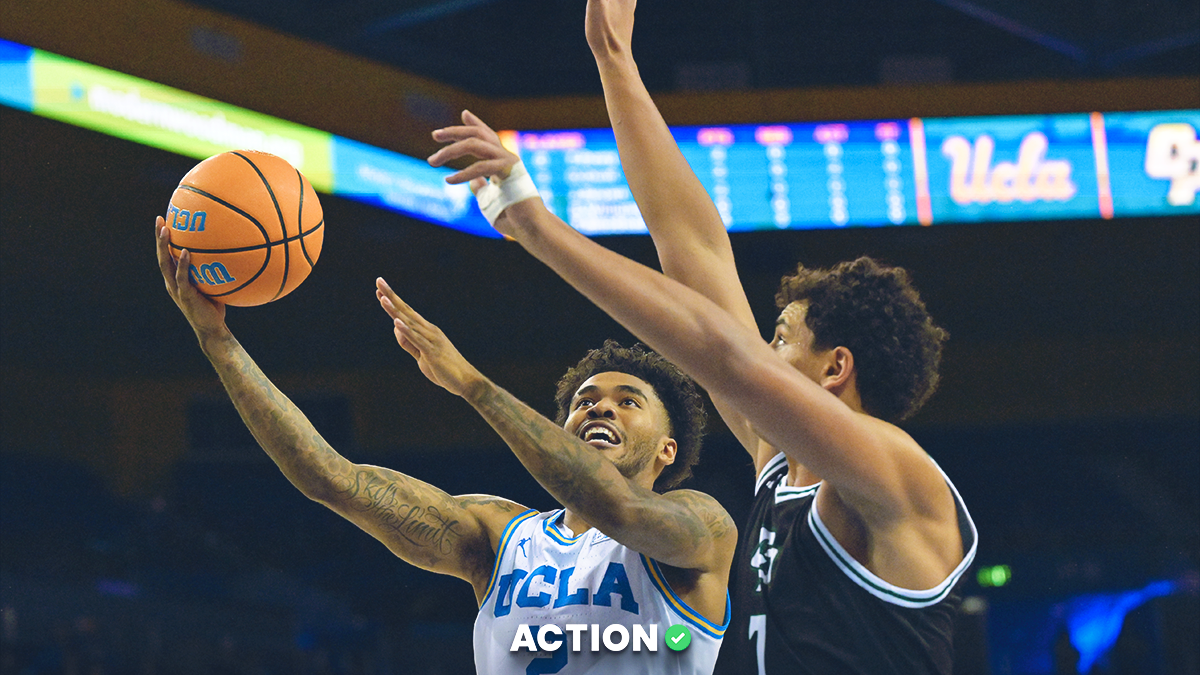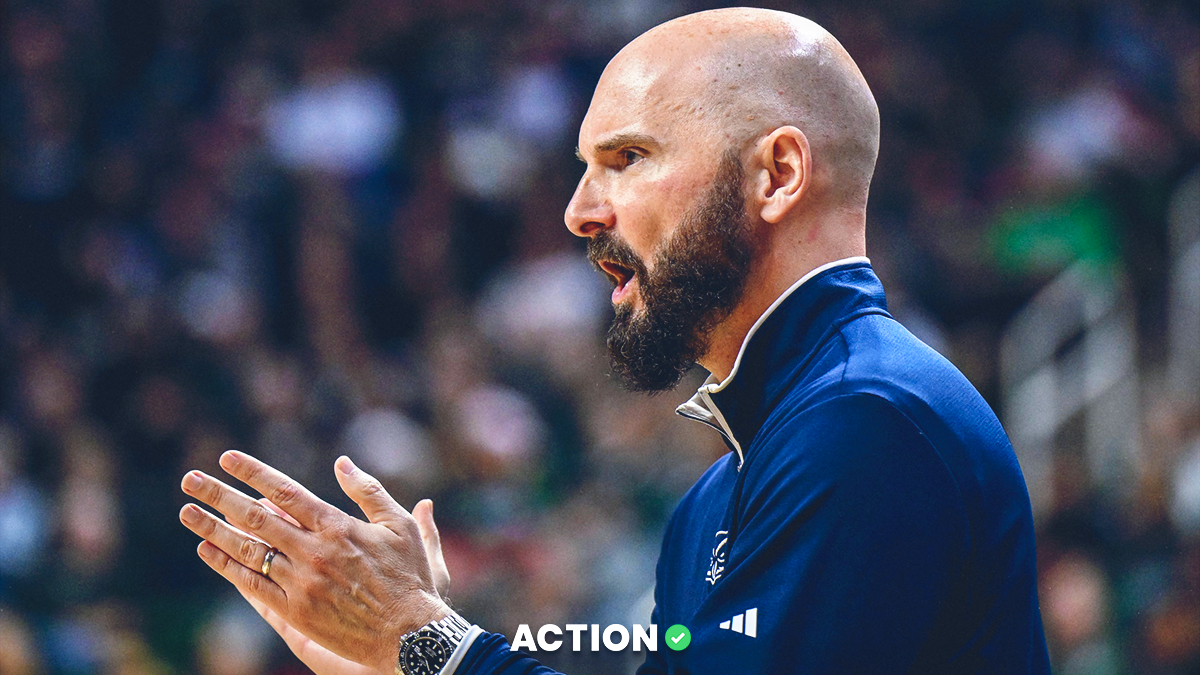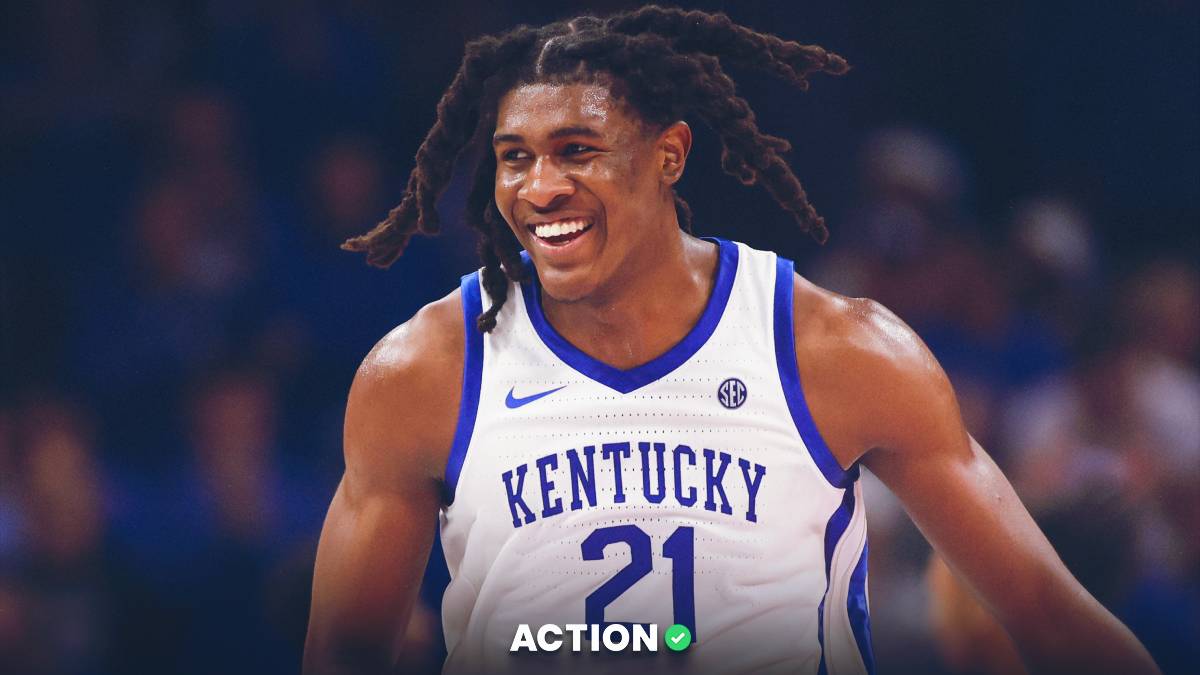We still have three full days of NCAA Tournament betting prep time (and College Invitational Tournament betting). To start, I like to evaluate the following five statistical measures to identify key mismatches in either the first round or further down the line:
- Zone defense schematics
- Rebounding differential
- Free throw percentage
- 3-point shooting splits
- Turnovers per possession
I have compiled an overall summary of the 2017-18 NCAA Tournament field for each of the five categories above and pointed out some of the most glaring mismatches. Some of the results may surprise you. Let's jump in.
Know Your Zones
Zone defenses can be tricky to prepare for on short notice. Just look at some of the recent success Baylor has had in the NCAA Tournament. Most of you are probably familiar with the Syracuse 2-3 zone defense but might not know which other teams run the most zone defense. Take a look at the first column in the chart below for the 15 tournament teams that spent the most time in zone during the 2017-18 regular season. The second column lists the type of base zone defense each respective team plays. I also included a list of the 15 most efficient and 15 least efficient tournament zone offenses, as measured by points per possession.
- Only Syracuse played more zone defense in the regular season than Georgia State, which could spell trouble for a Cincinnati team with the tenth worst zone offense in the tournament.
- Coach Mike Krzyzewsk has transformed Duke into a predominantly zone defense. The Blue Devils' first-round opponent (Iona) has a very good zone offense, but their potential second-round opponent (Oklahoma) has struggled against zones all season.
- Kentucky ranks in the top 10 among all tournament teams in regards to percentage of time spent playing zone defense. Its first-round opponent (Davidson) has an excellent zone offense (ninth in the tourney) due to plus-spacing, elite motion and plenty of perimeter shooting options.
Battle of the Boards
Second-chance points are even more important on a neutral site in a tournament setting. In terms of overall rebounding percentage, the three biggest mismatches in the first round on the glass include:
- Wichita State (57.0) vs. Marshall (46.8)
- Duke (56.2) vs Iona (47.4)
- Cincinnati (55.3) vs Georgia State (47.5)
As you can see from the chart above, the three worst rebounding teams in the tournament each play one of the top eight rebounding teams in the first round.
Free Throws Matter
We've all seen more backdoor covers in the tourney than we can remember. Know which favorites can and can't shoot free throws. This could also make a difference in your bracket, as one off-shooting night could send a team packing.
- Butler-Arkansas is the only first-round matchup between one of the 10 worst free-throw shooting teams in the tournament and one of the 10 best. The Hogs rank 301st in the country compared to Butler's 21st national ranking.
- Tread lightly when betting Michigan as a favorite, as it could leave a few free points on the table and potentially leave the backdoor open. The Wolverines rank 330th in D1 free throw shooting percentage at 65.7.
The Great Equalizer
The 3-point shot. Let's take a look at which teams in the tourney field can shoot it and which can defend it:
- Penn plays the best 3-point defense of any team in the tournament (No. 2 nationally), which will come in handy against a Kansas team that ranks No. 3 among tourney teams from behind the arc.
- Purdue leads the tournament (second in the country) in 3-point shooting percentage. That spells trouble for a Fullerton team that struggles to defend the perimeter (and at the rim).
- No tournament team defends the 3-point shot worse than North Carolina. Its sagging defense allowed opponents to shoot a staggering 38.3% from deep. That said, the West is not filled with many elite perimeter shooting teams, especially in Carolina's half of that region.
Value Every Possession
Will a team that can't handle pressure run into a full court press? Understanding who can and can't take care of the ball in a tournament setting on quick turnarounds is vital (especially on the second game of a weekend with only one day of prep time in between).
- As a result of its press, Stephen F. Austin actually leads the tournament in turnovers forced per possession. While Texas Tech does have an elite point guard in Keenan Evans to handle the Lumberjack pressure, the Red Raiders will need to give him secondary help. Ironically, SFA also leads the tourney in offensive turnovers per possession, which could be problematic against a TTU team that ranks fifth among tourney teams in defensive turnover rate.
- Michigan State doesn't have too many weaknesses, but you will notice in the chart above that Sparty shows up in both "worst" columns. The Spartans shouldn't have any issues with their first two opponents, but Rhode Island's pressure defense could cause them problems in the Sweet 16. Of Course, Rhody would have to get by Oklahoma and then presumably Duke first.
- Lipscomb turns it over at the fifth-highest rate of all tournament teams, but UNC doesn't really pressure the ball. That could help the Bisons stay within the number, especially if their outside shots are falling against the UNC sagging defense.
Syracuse guards Frank Howard and Tyus Battle pictured above; photo credit: Nicole Sweet-USA TODAY Sports




